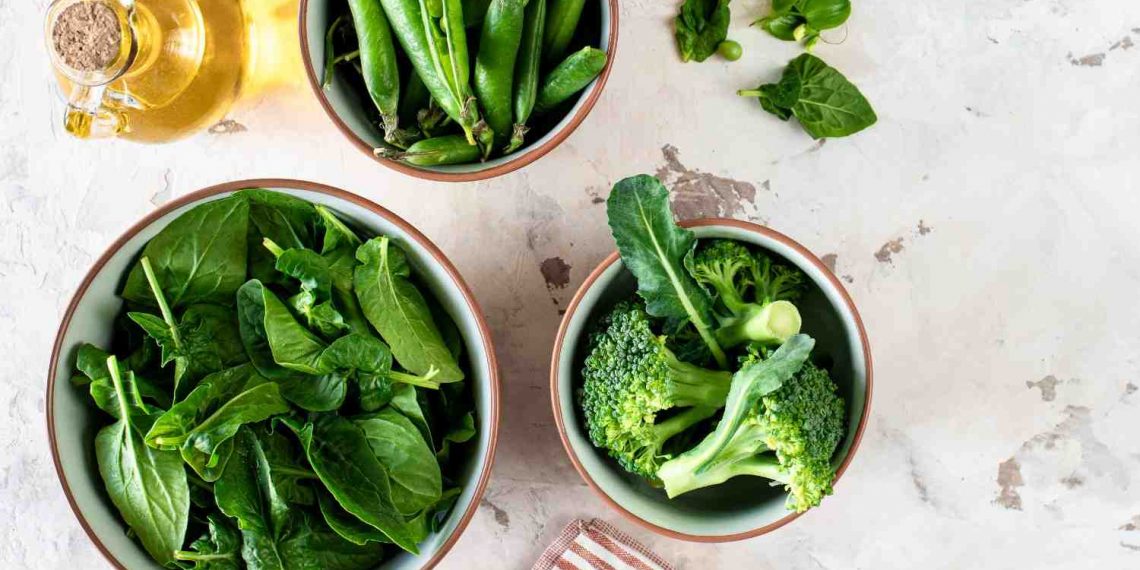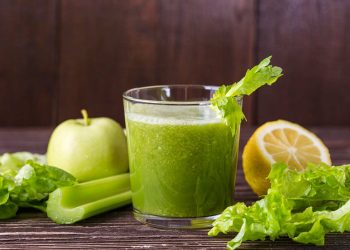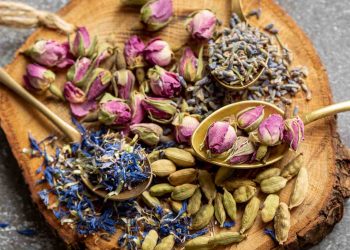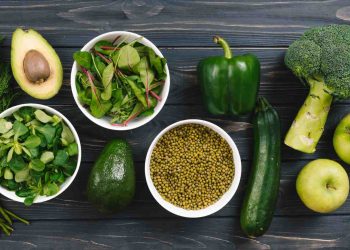Did you know that nearly half of American adults have high blood pressure? It’s a staggering statistic that can feel overwhelming. But here’s where the good news comes in: there are tasty, natural ways to help manage it. One such powerhouse food is kale. Packed with nutrients, kale isn’t just a trendy salad ingredient; it’s a nutritional heavyweight that can help lower blood pressure. Let’s dive into five delicious kale recipes that not only tantalize your taste buds but also support heart health.
Contents
The Nutritional Benefits of Kale
Before we jump into the recipes, let’s chat about why kale is such a fantastic addition to your diet, especially if you’re looking to manage blood pressure. Kale is loaded with potassium, which helps balance sodium levels in the body—an essential factor for maintaining healthy blood pressure. It’s also rich in antioxidants like vitamins C and K, which can reduce inflammation and oxidative stress. So, when you incorporate kale into your meals, you’re not just eating greens; you’re actively supporting your cardiovascular health.
1. Kale and Quinoa Salad with Lemon Vinaigrette
Ingredients:
- 1 cup quinoa
- 2 cups water
- 4 cups kale, chopped
- 1/2 cup cherry tomatoes, halved
- 1/4 cup red onion, diced
- 1/4 cup feta cheese (optional)
- 1/4 cup olive oil
- Juice of 1 lemon
- Salt and pepper to taste
Instructions:
- Cook the Quinoa: Rinse quinoa under cold water. In a pot, combine quinoa and water, bring to a boil, then reduce heat to low, cover, and simmer for 15 minutes. Fluff with a fork and let cool.
- Prepare the Kale: While the quinoa cools, massage the kale with a little olive oil and a pinch of salt for a few minutes until it softens.
- Mix Ingredients: In a large bowl, combine the cooled quinoa, kale, cherry tomatoes, red onion, and feta cheese.
- Make the Dressing: Whisk together olive oil, lemon juice, salt, and pepper in a small bowl.
- Combine Everything: Pour the dressing over the salad and toss well. Serve chilled or at room temperature.
Why It Works:
Quinoa is a complete protein and a great source of fiber, which can help regulate blood pressure. Plus, the lemon vinaigrette adds a zesty kick while providing vitamin C.
2. Sautéed Kale with Garlic and Chickpeas
Ingredients:
- 4 cups kale, chopped
- 1 can (15 oz) chickpeas, drained and rinsed
- 3 cloves garlic, minced
- 2 tablespoons olive oil
- Salt and pepper to taste
- Red pepper flakes (optional)
Instructions:
- Heat Oil: In a large skillet, heat olive oil over medium heat.
- Sauté Garlic: Add minced garlic and sauté for about 1 minute until fragrant.
- Add Chickpeas and Kale: Toss in the chickpeas and kale, stirring to combine. Sauté for about 5-7 minutes until the kale is wilted and tender.
- Season: Season with salt, pepper, and red pepper flakes if desired. Serve warm.
Why It Works:
Chickpeas are not only a great source of protein but also rich in fiber, which can help lower blood pressure. Garlic has been shown to have a positive effect on blood pressure, making this a perfect pairing.
3. Kale Smoothie with Banana and Almond Milk
Ingredients:
- 2 cups kale, stems removed
- 1 ripe banana
- 1 cup unsweetened almond milk
- 1 tablespoon almond butter
- 1 tablespoon chia seeds (optional)
- Ice cubes (optional)
Instructions:
- Blend: In a blender, combine kale, banana, almond milk, almond butter, and chia seeds. Blend until smooth.
- Adjust Consistency: If you prefer a colder smoothie, add a few ice cubes and blend again until desired consistency is reached.
Why It Works:
This smoothie packs a punch of potassium from the banana and healthy fats from almond butter, both of which are beneficial for blood pressure management. Plus, it’s a great way to sneak in those greens!
4. Kale and Sweet Potato Stew
Ingredients:
- 1 large sweet potato, diced
- 4 cups kale, chopped
- 1 can (14 oz) diced tomatoes
- 1 can (15 oz) cannellini beans, drained and rinsed
- 4 cups vegetable broth
- 1 onion, chopped
- 2 cloves garlic, minced
- 1 teaspoon cumin
- Salt and pepper to taste
Instructions:
- Sauté Onion and Garlic: In a large pot, sauté onion and garlic in a bit of olive oil over medium heat until translucent.
- Add Sweet Potato: Add diced sweet potato and cook for about 5 minutes.
- Combine Ingredients: Stir in diced tomatoes, cannellini beans, vegetable broth, cumin, salt, and pepper. Bring to a boil, then reduce to a simmer and cook for 15-20 minutes until sweet potatoes are tender.
- Add Kale: Stir in kale and cook for an additional 5 minutes until wilted.
Why It Works:
Sweet potatoes are high in potassium and fiber, which are both crucial for heart health. This stew is filling, nutritious, and perfect for a cozy night in.
5. Kale Pesto Pasta
Ingredients:
- 2 cups kale, packed
- 1/2 cup walnuts or pine nuts
- 2 cloves garlic
- 1/2 cup olive oil
- 1/4 cup grated Parmesan cheese (optional)
- Juice of 1 lemon
- Salt and pepper to taste
- 8 oz whole wheat pasta
Instructions:
- Cook Pasta: Cook pasta according to package instructions. Reserve 1/2 cup of pasta water and drain the rest.
- Make Pesto: In a food processor, combine kale, nuts, garlic, olive oil, Parmesan cheese, lemon juice, salt, and pepper. Blend until smooth, adding reserved pasta water as needed to reach desired consistency.
- Combine: Toss the cooked pasta with the kale pesto until well coated. Serve warm.
Why It Works:
Whole wheat pasta adds fiber, while the nuts provide healthy fats. This dish is not only delicious but also heart-healthy, making it a great addition to your weekly meal prep.
FAQs
1. Can eating kale really lower blood pressure?
Yes! Kale is rich in potassium and antioxidants, which can help lower blood pressure. Incorporating it into your diet may assist in managing hypertension.
2. What are some other foods that help lower blood pressure?
Foods like bananas, beets, dark chocolate, berries, and fatty fish (like salmon) are also known to support healthy blood pressure levels.
3. Is it better to eat kale raw or cooked?
Both methods have benefits. Raw kale retains more vitamin C, while cooking can enhance the availability of certain nutrients. Mix it up to enjoy the best of both worlds!
4. How often should I eat kale?
Incorporating kale into your diet a few times a week can be beneficial. Just ensure a balanced diet with a variety of other fruits and vegetables.
Conclusion
Kale is more than just a trendy green; it’s a nutrient-dense food that can play a significant role in managing blood pressure. By trying out these five delicious recipes, you can enjoy the health benefits of kale while satisfying your taste buds. Remember, it’s all about balance and making sustainable choices that work for you.
So, the next time you’re at the grocery store, don’t overlook that bunch of kale. It could very well be your heart’s best friend.
This article is for educational purposes only and is not a substitute for professional medical advice. Always consult a qualified healthcare provider before making changes to your health routine.
References
-
Appel, L. J., et al. (2011). “A clinical trial of dietary patterns to lower blood pressure.” New England Journal of Medicine, 336(16), 1117-1124. https://www.nejm.org/doi/full/10.1056/NEJMoa1100686
-
Hu, F. B., & Willett, W. C. (2002). “Optimal diets for prevention of coronary heart disease.” Journal of the American Medical Association, 288(20), 2569-2578. https://jamanetwork.com/journals/jama/fullarticle/195172
-
“High Blood Pressure.” (2023). Mayo Clinic. https://www.mayoclinic.org/diseases-conditions/high-blood-pressure/symptoms-causes/syc-20348663
Get Your FREE Natural Health Guide!
Subscribe now and receive our exclusive ebook packed with natural health tips, practical wellness advice, and easy lifestyle changes — delivered straight to your inbox.














